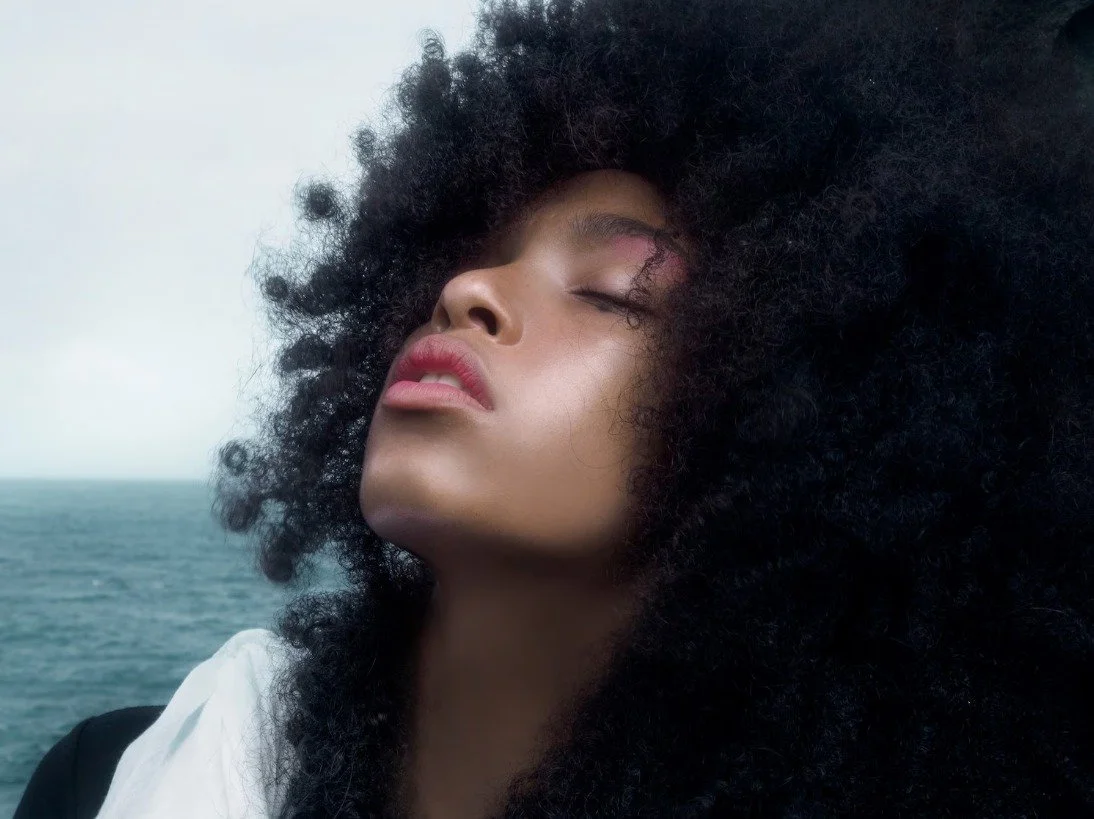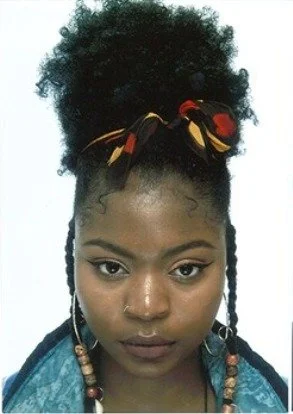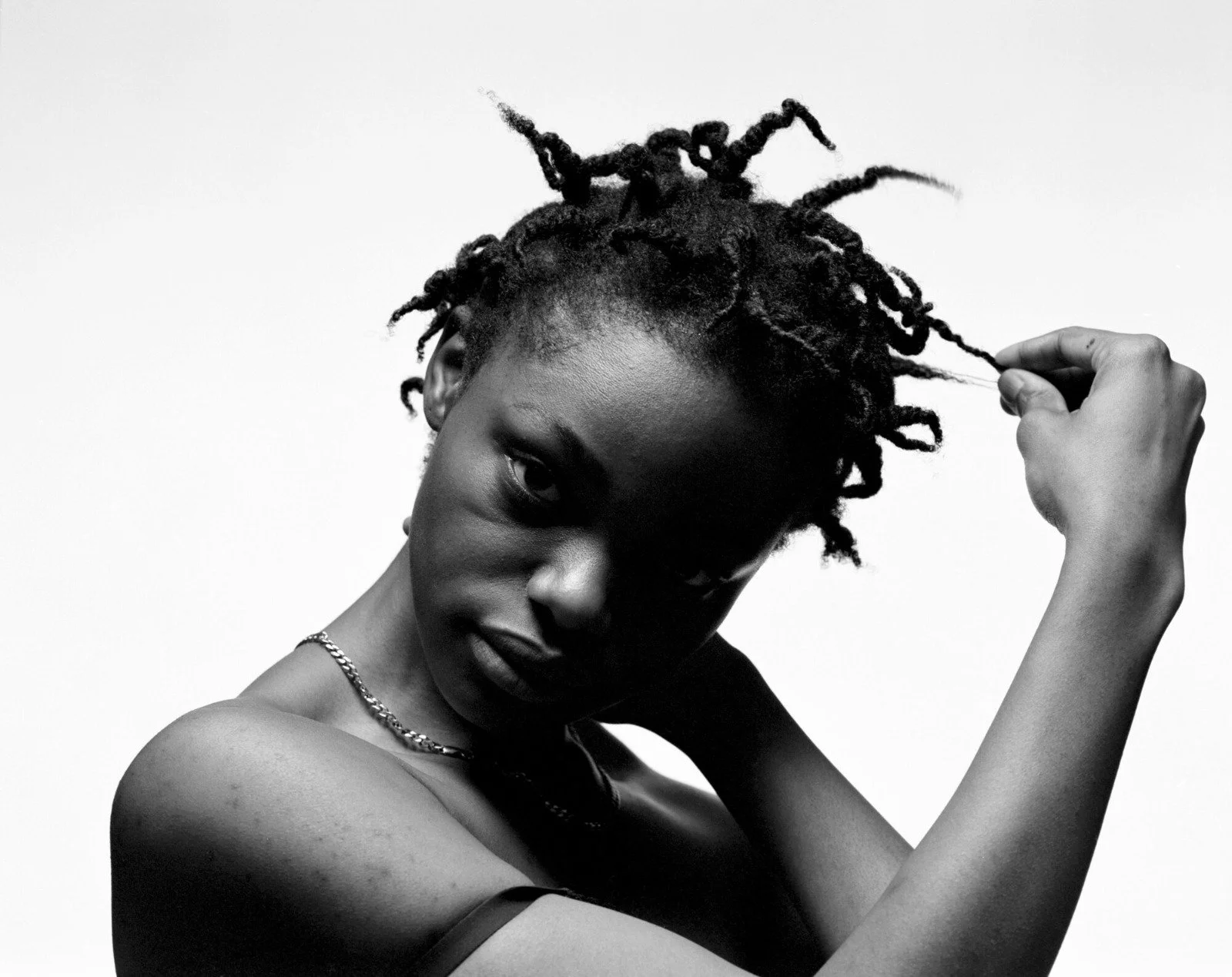What You Don't Know about Kinky
Culture never takes second place when proudly represented, even when it is hair.
The idea of the word ‘Kinky’ has spread over the years and has become a name associated with different ideas, events, and actions. However, the true meaning of the word stands out; a way to describe a hair type or style.
Not just any hair, but hair that belongs to the indigenous people of Sub-Saharan Africa, Melanesia, and its environs. What else can be used for identity and expression besides one's skin color? The hair, of course. For Africans, however, this means so much more.
Why Kinky?
From time immemorial, hair for Africans has been a means of identity, style, and expression. Kinky (hair) covers many black hair types, from unruly and frizzy to simply Afro-textured hair. Hence, Kinky can simply be described as any form of Afro-textured hair or hair that has a repeated pattern of the same type of curl or twist. With the recent movement towards keeping and styling natural hair, Kinky hair has come to the fore as a hair type that can be styled in various ways and be accepted in several environments.
Kinky hair is more delicate and yet denser than usual, relaxed hair. To explain better, Kinky hair is thicker than normal hair, but tends to break under less strenuous conditions. As such, they require expert care and increased maintenance. It is no wonder that hair salons are more common in Black-populated areas worldwide.
A Brief History
Hair has been and continues to be used to define status, age, marital status, wealth, and identity in many cultures worldwide, particularly in West and Central Africa. Dense, clean, and neatly groomed hair was highly sought and was used to define friendship and association. It would not be until the 19th century that hair braiding would become a paying trade. Before then, women would gather in circles to do each other's hair as part of community engagements.
The 19th Century Kinky Wave
As the natural hair movement gained momentum, many supporters of this revolution, especially Black Americans, began to retrace their steps towards the old ways. Kinky converted from a style to a political movement overnight, becoming synonymous with Black Pride and beauty.
By extension, it was also adopted as a tool in the Black Power Movement. Kinky, or hair for black people in the general sense, came to be recognized as part of the growing cry for Black recognition in the Western World and its partial political system at the time. Hair became an idea through which standard mainstream ideas could be challenged, simply because Black People understood what they owned regarding hair and how to style or wear it.
Wearing an Afro, one of numerous ways to style Kinky hair, was identified as a distinct aspect of representing African pride.
The Present
Along with the Afro hairstyle, there are many other ways that Kinky hair has come to be styled. Different Kinky hair styles are: Cornrows, Locs, Braids, Twists, and short, cropped hair. The emergence of hip-hop culture, along with its sister aspect, the Jamaican reggae style of music, only increased the appeal of the Black movement and consequently, Kinky. Non-African Americans would then join the frenzy, wearing these styles like they owned them, and deepening the rich culture that comes with Kinky hair and its numerous examples.
Bottom Line
All of this increased the demand for Kinky hair and the stories they held in their numerous braids, weaves, and lines. It also increased the demand for the history of the hairstyles that African women and sometimes men now adorn and flaunt, proudly displaying what had always been theirs. We now see these stories contained and told in numerous movies and documentaries released for the world to see and rave about.


